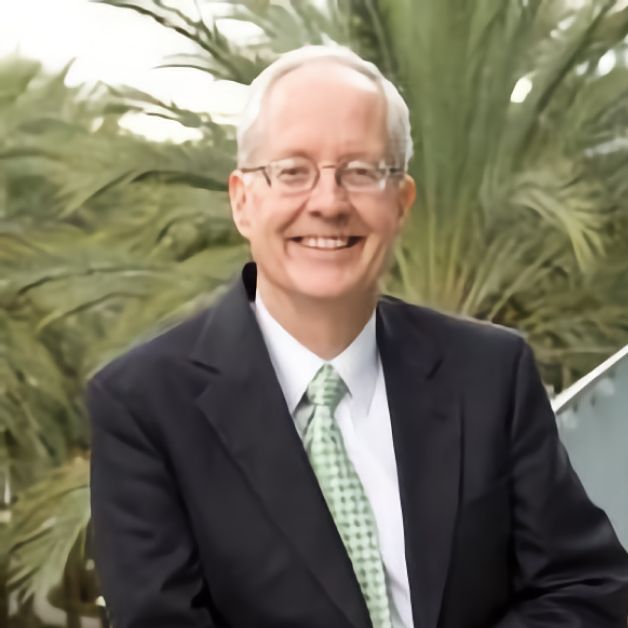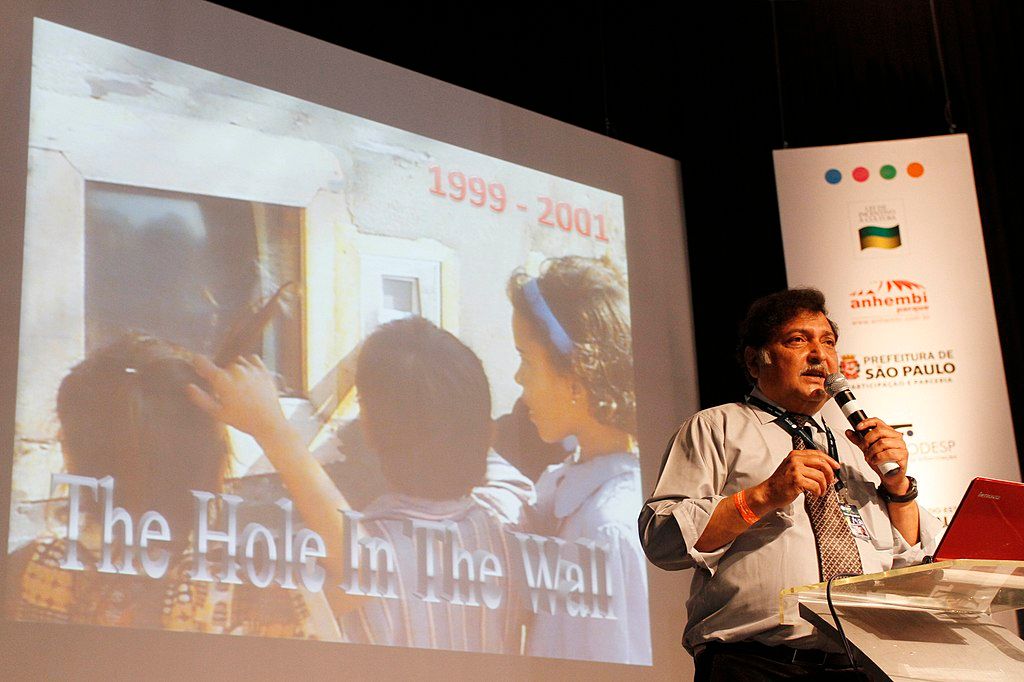It’s funny how one can work in a field for many years and in many contexts and discover that some of the most basic concepts of that field are not clearly elucidated. Let’s consider the concepts of “student” and “teacher.”
Everybody knows what a student is—it’s someone who is going to school. But is it? After all, there are lots of people who are being students who are not in school. One well-known example is found in “hole in the wall” experiment conducted by Sugata Mitra, who embedded a computer in the wall of a slum in New Delhi with no instruction and observed as students taught themselves how to use it, and then taught themselves many other things. His conclusion? “Children will learn to do what they want to learn to do.”
Perhaps a student is “someone who is pursuing a course of education”? But that implies that the course being pursued is something that someone else has created or developed, a pre-existing pathway that the student travels. That’s a common enough experience, but Mitra demonstrated that children can and will learn without being provided with such a pathway.
It took me more years than I’d like to admit, working with students of many varieties, to come up with a definition of “student” that seemed to be to be universally applicable and also answered some of my own questions about how to design and improve effective learning experiences.
A student is, simply, “Someone who is trying to learn something.”
This concept includes the children in the New Delhi slum, the person who is pursuing a degree in a university, the 3 year old who is learning to read from bedtime stories, and the learning architect who is trying to figure out how to set up their email. But what’s most interesting about it to me is who it doesn’t include.
Often, individuals sitting in classrooms are not actually being students—they aren’t “trying to learn” anything. Of course that can change in a moment, if the teacher says or does or presents something that catches their interest and causes them to want to know more. And it can certainly change in the 5 minute interval during which they move from one classroom to the next—they may not be a student of math and yet be an avid student of poetry.
I must admit that I’ve led Professional Development workshops for teachers in which not all of them were being students—there were often teachers present who had not had wonderful prior professional development experiences and before they entered the room had decided that they weren’t going to be learning anything. I did my best to change their minds about that, but was not always successful.
I’ve always believed that it is the first and continuous responsibility of a teacher to make sure they have real students present—that is, to get everyone in the frame of mind of being a willing learner. I’ve known many teachers who think the same way, and a ways back I was involved in producing classroom video content which had the sole purpose of helping math teachers turn the individuals in their math classes into people who saw the value of learning what they were being asked to learn—that is, to make real students. It was called FUTURES with Jaime Escalante , and it turned out to be the most popular video content ever distributed by PBS Learning.
Which raises the question, what do we mean by the word “teacher”? Mitra, again, provides an unexpected example. He says,
I found that they had a friend, a local accountant, a young girl, and they played football with her. I asked that girl, ‘Would you teach them enough biotechnology to pass?" And she said, "How would I do that? I don't know the subject."
I said, "No, use the method of the grandmother." She said, "What's that?" I said, "Well, what you've got to do is stand behind them and admire them all the time. Just say to them, 'That's cool. That's fantastic. What is that? Can you do that again? Can you show me some more?'"
She did that for two months. The scores went up to 50, which is what the posh schools of New Delhi, with a trained biotechnology teacher, were getting.
A teacher, then, is “Someone who helps a student learn.” This concept, too, is as useful for what it excludes as what it includes. Lecturing to a group of people, even if they are trying to learn something, doesn’t make you a teacher unless it actually helps them to learn. Explaining something to a student that they already understand, or that they do not have the prerequisite knowledge that would make it possible for them understand, is not helpful and is not, therefore, teaching. On the other hand, just giving the right book at the right time to a student who has decided they want to learn more about a subject can be a profoundly powerful act of teaching. As is demonstrating to educators how a hole in a wall can become a university.
One aspect of these concepts of student and teacher and that they are not binary—one can be more and more of a student, depending on how hard they are trying to learn, and one can be more and more of a teacher, depending on how helpful they are in that process. The nice thing about these identities existing on a spectrum is that the ability to be a student or a teacher can be gradually improved.
Along that line, there’s quite a bit of interesting research on the topic of motivation to learn. And there’s also research on the topic of the helpfulness of a teacher—perhaps the most dramatic result being the impact that Bloom found of expert one-on-one teaching. That’ll be discussed in a future blog, but in the meantime you can find out more in his paper, “The 2 Sigma Problem.”
I do not claim that any of this represents brand new thinking, but it does strike me that if schools, curricula, and administration kept these notions of “student” and “teacher” always at the center of their efforts to educate, it would keep them on a path towards providing education that’s not only effective, but also a pleasure for everyone involved. Given the amount of their lifetimes that children spend in school, let alone the amount that teachers spend, that wouldn’t be a bad thing.

